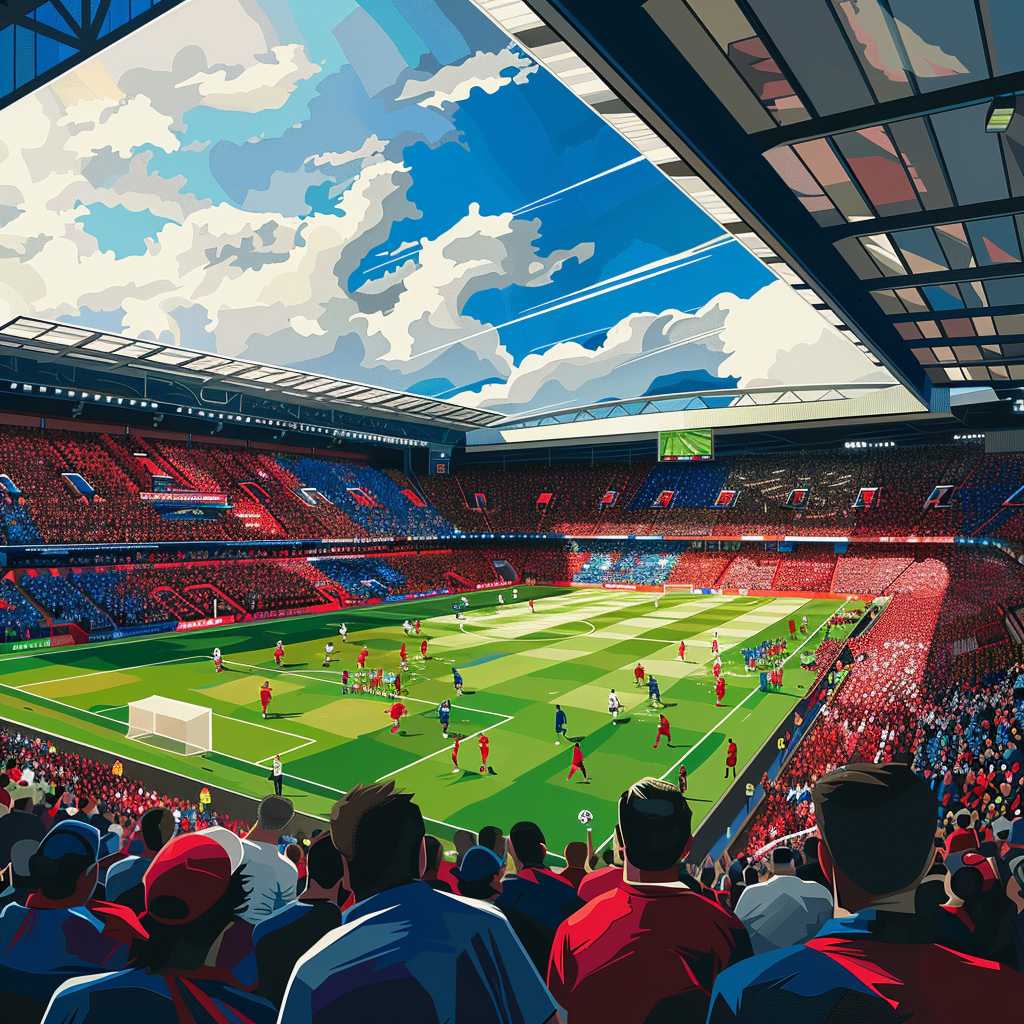A Comprehensive Guide to the Scottish Premiership: Structure, Clubs, and Competition
The Scottish Premiership stands as Scotland’s top professional football league, succeeding the previous Scottish Premier League in 2013 after a reconstruction of the country’s football league system. It enjoys a rich legacy blended with modern competition, featuring teams that have become Scottish cultural staples with enthusiasts across the globe. This comprehensive exploration will delve into various aspects of the Premiership, including its format, the clubs that compete, historical context, and its place within European football.
Foundation and Format of the Scottish Premiership
The Scottish Premiership was ushered into existence in 2013 as part of a wider restructuring program aimed to improve the game – both in terms of finance and structural integrity – amid concerns about the administration and format being employed at the time. Run by the Scottish Professional Football League (SPFL), it follows a relatively complex format that aims at maximizing engagement throughout the season.
Typically composed of 12 clubs, each team in the Premiership plays three rounds of matches, totaling 33 games each before the league “splits” into two halves. After this split, teams compete within their respective halves for additional five matches, setting their final placements depending on the points acquired. In total, each team plays 38 matches in a season.
One unique aspect of the Premiership is this “split” system. Post-split, the top six teams compete for the title and European qualification spots, while the bottom six fight to avoid relegation. The team with the lowest points at the end of the season is relegated to the Scottish Championship. Meanwhile, the 11th placed team enters a play-off against Championship sides attempting promotion.
Historical Supremacy and Notable Teams
Historically, two teams dominate Scottish football headlines: Celtic FC and Rangers FC. Known collectively as the Old Firm, these two clubs from Glasgow have claimed a staggering majority of league titles, with other clubs finding it challenging to redefine this hegemonic state. Yet other historically significant teams like Aberdeen FC and Heart of Midlothian (Hearts) also contribute to the fabric of the league’s energetic competitive spirit.
Development and Progression Through European Competitions
Clubs competing in the Scottish Premiership have opportunities to qualify for major European competitions — such as UEFA Champions League and UEFA Europa League — based on their finishing positions. Typically, Scotland’s coefficient ranking among European associations determines how many clubs can participate in each tournament from season to season.
Financial Implications and Television Rights
The league’s financial health has seen varying fortunes over time. Scottish Premiership clubs generate income from a mixture of sources – gate receipts, sponsorships, broadcasting rights sales – to remain solvent and competitive. The issue of television rights reflects another crucial aspect of modern football economics; deals are struck to showcase matches domestically and internationally – a revenue-reaping endeavor essential for clubs’ operational sustainability.
Merger and Governance
Insights on how the Premiership is governed align with understanding its operations. Governed by the SPFL – which itself was an amalgamation of previous governing bodies – ensures governance issues reflect modern best practices.
Cultural Impact and Community Involvement
Furthermore, it’s worth considering how deeply interwoven these clubs are within their communities. The cultural impact is widespread – a club can often signify a collective identity for supporters. Community involvement also sticks out as an area where clubs extensively work through outreach programs or charitable foundations.
Notes
Conclusion
The Scottish Premiership represents much more than merely a sporting competition; it encapsulates regional heritage, modern-day business acumen, international aspirations, local allegiances, grassroots development, and community involvement which nurtures a unique competitive spirit emblematic of Scotland’s passion for football.
